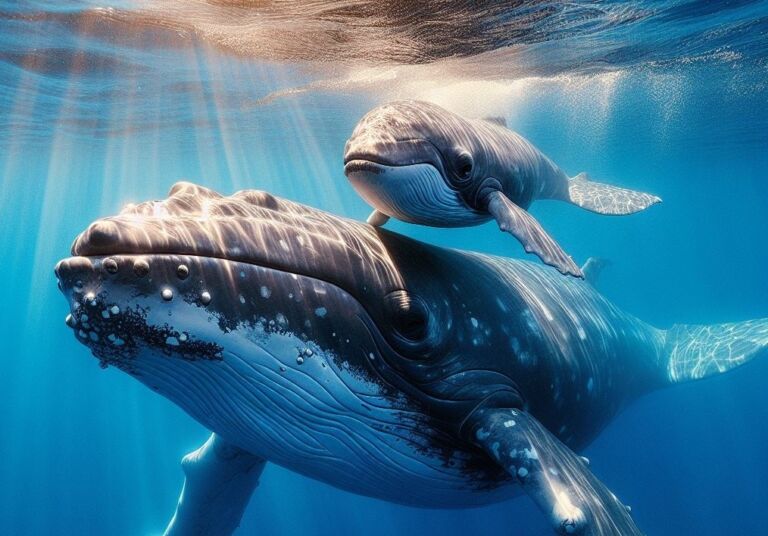On Judith Curry’s Climate Etc. blog, Patrick J. Michaels discusses, “The most amazing greening on Earth“:
A new paper by Simon Munier, of France’s Centre National de Recherches Météorologiques, and several co-authors, segregates satellite-sensed LAI [Leaf Area Index] data into different vegetation types, taken over the period 1999-2015. This allows the researchers to quantitatively determine the amount of greening that is taking place over time, depending upon the vegetation type. …
The cool part of the paper is its Figure 8, showing mean and trend values worldwide for the LAI in six vegetation types:
…
Factorial simulations with multiple global ecosystem models suggest that CO2 fertilization effects explain 70% of the observed greening trend, followed by nitrogen deposition (9%), climate change (8%) and land cover change (LCC) (4%). CO2 fertilization effects explain most of the greening trends in the tropics, whereas climate change resulted in greening of the high latitudes and the Tibetan Plateau.
In other words, 78 [70 + 8] percent of observed planetary greening is caused by carbon dioxide and its effect upon climate. …
We have repeatedly demonstrated … that about a half of a degree (C) of observed planetary warming is ascribable to anthropogenerated changes in the atmosphere. The main result appears to be a planet that is becoming so much greener that it is readily apparent from space.




